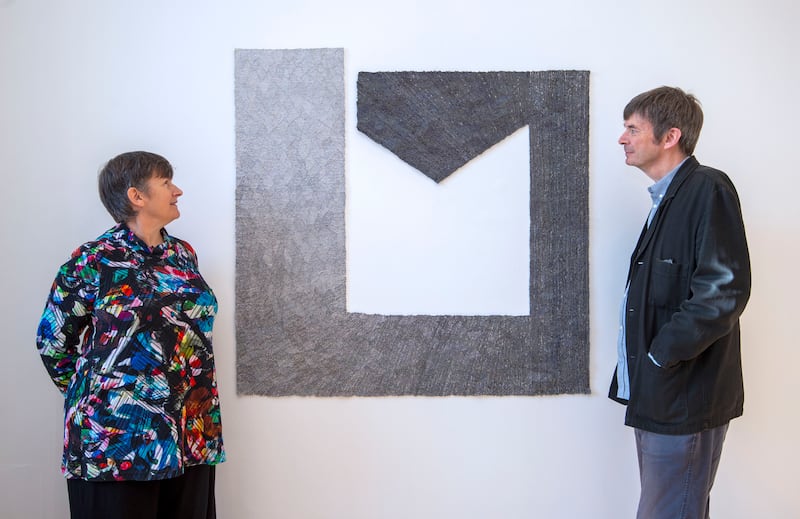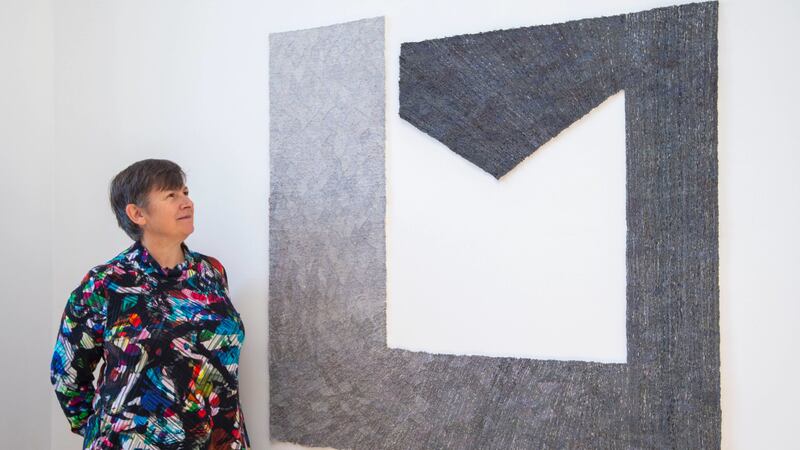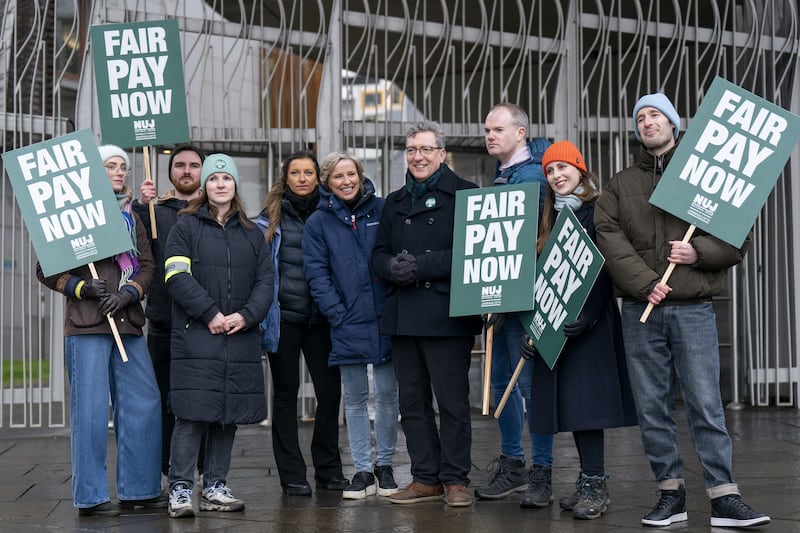An artist based in Orkney has won The Cordis Prize – claimed to be the biggest prize for tapestry in the world.
Louise Martin, originally from the Isle of Man but now living in Westray on the Scottish island, was chosen from a shortlist of 19 artists considered for the £8,000 award.
The Cordis Prizes were set up in 2015 by Miranda Harvey and Ian Rankin, founders of the Cordis Trust, to celebrate Edinburgh as a centre of excellence for tapestry weaving.
Judges this year were wowed by Ms Martin’s work of art called “Lifetime” which references “a daily life lived” and is made in silk, linen, cotton and paper warp and weft.
We are delighted to share the winner of this years Cordis Prize for Tapestry – Lifetime by Louise Martin, pictured here with Cordis founders Miranda Harvey and Ian Rankin..@Beathhigh #CordisPrize #ContemporaryTapestry @RBGECreative pic.twitter.com/PsmncPb3nm
— Cordis Prizes (@cordisprize) October 22, 2021
The artwork will be on show alongside the full shortlist as part of this year’s Cordis Prize Exhibition at Inverleith House Gallery, Royal Botanic Gardens, from October 23 to December 12.
Ms Martin said: “I am delighted to see my work in Inverleith House.
“The natural daylight of the Gallery breathes and showcases the subtleties of the woven structure beautifully.
“My work often begins with a reaction to landscapes around the world.
“This piece is more than usually biographical, it is a landscape of the heart, a piece I was compelled to make with a technique I have been developing for the last decade.
“My thanks to the Cordis for it’s commitment to this wonderfully diverse medium, tapestry and for choosing Lifetime.”

Speaking on behalf of the judging panel, founder Ms Harvey described Ms Martin’s work as “extraordinary”.
She said: “The experienced judging panel were fascinated by the technique of how it was made.
“With the light falling on the silk, you get this very delicate web of little patterns.
“It’s incredibly lyrical, based on a poem, which is shared in the exhibition catalogue.
“It’s a very subtle piece. It has a lot of paradoxical qualities. So it’s very soft. It’s very fragile. But it’s very rigid. It’s very hard.
“There are very tiny little incremental changes in it. And yet, it goes through a whole spectrum of shades and textures.
“I mean, it is an extraordinary piece to have been made. I could look at it all day and see more.”
Artworks selected in the competition reflected how the classic art form has developed over time.
Some of the pieces included the use of materials from second hand books to recycled plastic as well as traditional threads such as cotton linen integrated with wire and shredded garments.
Several submissions were inspired by current issues such as the refugee crisis, resistance to ethnic diversity and lockdown loneliness.
The judging panel was convened by Ms Harvey and consisted of established weavers Fiona Mathison and Jo Barker, and Emma Nicolson and Amy Porteous representing Royal Botanic Garden Edinburgh’s Creative Programme team.








